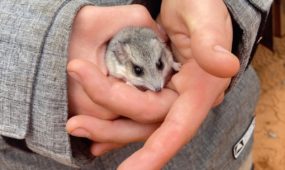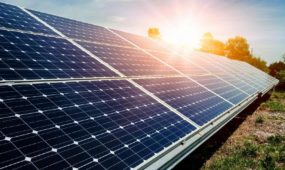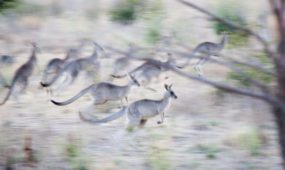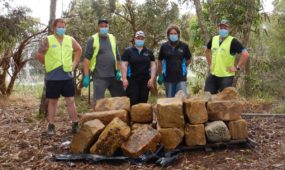Massive power station revegetation project completed in Australia
Environment
Drenching rains are helping an arid zone revegetation project in South Australia burst to life after almost a year of harsh, dry weather.

Sign up to receive notifications about new stories in this category.
Thank you for subscribing to story notifications.
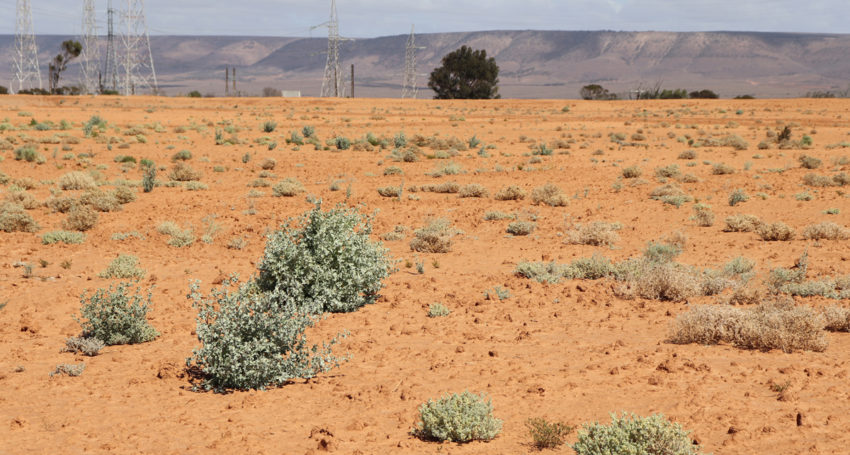
Rehabilitating a huge ash dam at a former coal-fired power plant is among the most challenging conservation projects an ecologist can embark on.
Add in to the mix a lack of water and summer temperatures approaching 50C and it is an almost impossible task.
But the 320ha revegetation project on the edge of the outback at Port Augusta is proving the resilience of Australian native plants and is gradually returning the polluted site back into a natural salt marsh.
“In terms of challenge, this site is not only unlike anything we’ve ever done but it’s probably also unlike anything else that anyone else has ever tried anywhere,” said Succession Ecology Director Glenn Christie, who is leading the revegetation part of the project with colleague and fellow Director Dr Briony Horner.
The site forms about a third of the 1068ha former Port Augusta power station’s land at the top of the Spencer Gulf in South Australia.
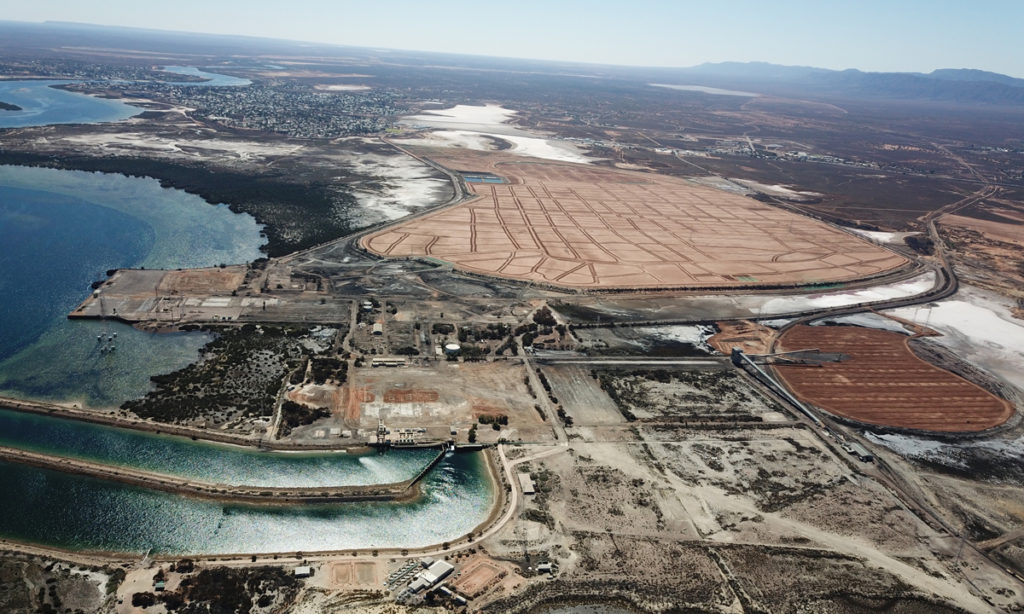
The rehabilitated Port Augusta site will be handed over to CU-River Mining after settlement in the coming weeks. Picture courtesy of Flinders Power.
The 65-year history of coal-fired electricity generation on the site began in 1954 when the 90MW Playford A power station was commissioned by the Electricity Trust of South Australia. The adjacent 240MW Playford B plant was constructed in 1963. The 520MW Northern power station was established alongside Playford B in 1985 and later expanded to a capacity of 544MW.
All three were fuelled by coal mined at Leigh Creek in Outback South Australia and transported 260km along a dedicated rail line south to Port Augusta.
Alinta Energy mothballed Playford B in 2012 and the last electricity was produced at the Northern Power Station in May 2016.
The town of Port Augusta has a population of 6500 and is located at the top of Spencer Gulf about 300km north of Adelaide, the South Australian capital.
Flinders Power has been managing the rehabilitation of the entire site under the watchful eye of South Australia’s Environment Protection Authority (EPA).
McMahon Services Australia, which was contracted to carry out the decommissioning and demolition achieved ‘practical completion’ this month. Site contamination work to remediate soil and groundwater has also been recently completed.
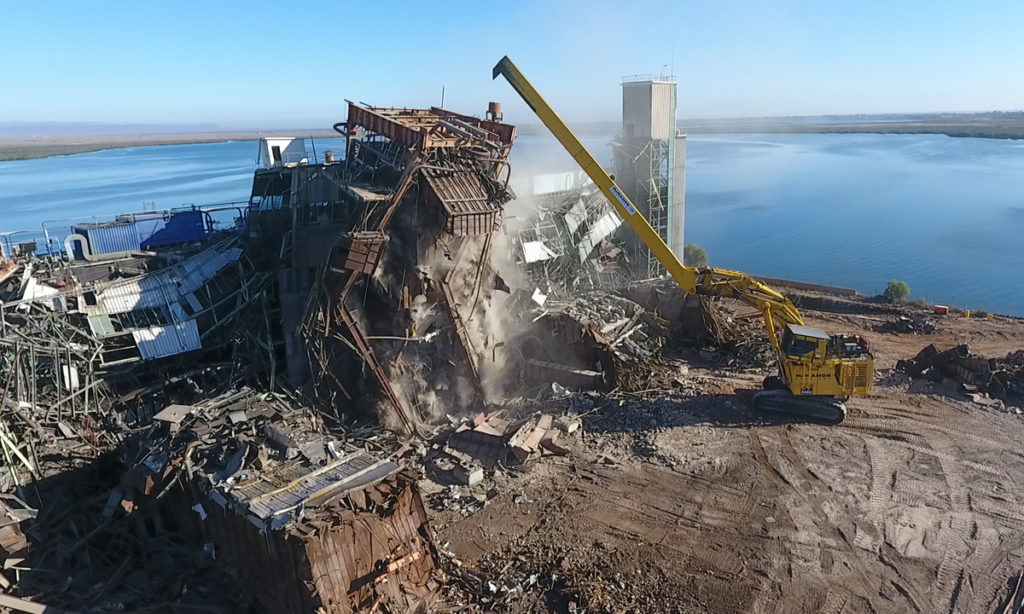
McMahon Services Australia demolishing the Northern Power Plant. Picture courtesy of Flinders Power.
South Australian-based Succession Ecology was contracted by Flinders Power to drive the massive revegetation effort in conjunction with McMahon Services.
The power stations’ ash dam had reached 273 ha and a depth of 5-8m by the time the plants closed in 2016.
The revegetation zone is made up of the 20ha former coal stockpile area, the 30ha borrow pit where 700,000 cubic metres of dirt was taken for the project and the 270ha ash pit, which had been kept wet with sea water through more than 60 years of power station operation.
Keeping the dried out ash from becoming airborne was a huge challenge in the early days of the project.
Hail and strong winds ripped the suppressant coating off the ash pile in January 2017, resulting in a dust cloud that impacted parts of the nearby town.
“That was an act of god basically but it told us that we had to get the dirt down and the plants in as quickly as possible so all speed was directed into those things,” Christie said.
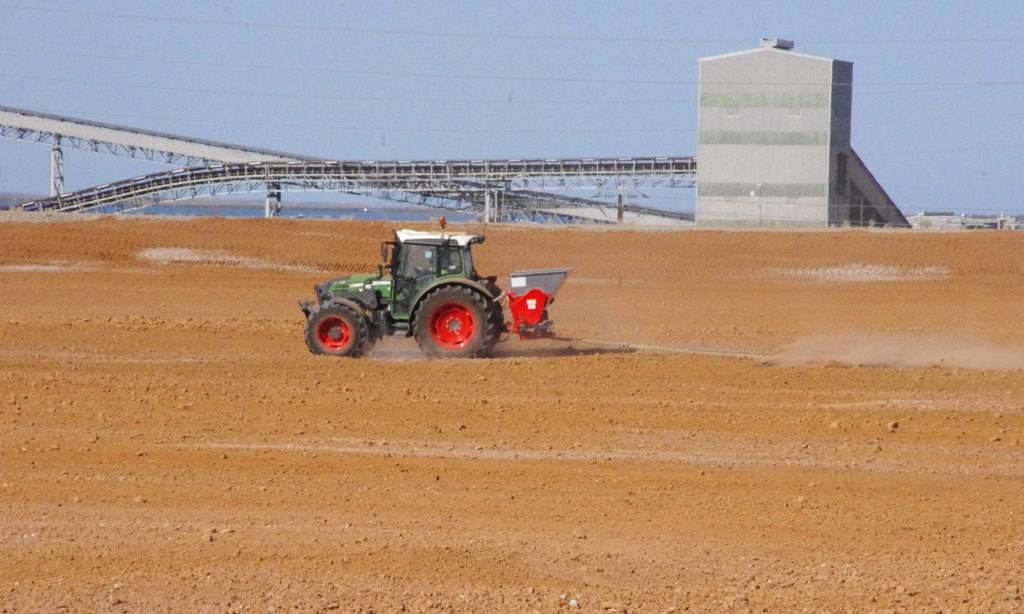
Farming equipment was used to spread six tonnes of native seed across the former power station site.
While McMahon Services began moving and spreading the top soil, the Succession Ecology team set about scouring the state’s numerous arid zones for a variety of potentially suitable seeds. A staggering six tonnes of native seeds – 4.5 tonnes of saltbush seeds and 1.5 tonnes of native grasses – were collected and then sown using farming equipment from June to August in 2017 and on the remainder of the site between May and October 2018.
There is yet to be a fairy tale ending to the project because only half of Port Augusta’s long-term average annual rainfall of 250mm has fallen in the past 24 months.
The situation has been exacerbated by a scorching recent summer where daytime temperatures approached 50C. The lack of available fresh water and the size of the site also meant irrigation was not a viable option.
“We’ve learned a lot the hard way about how resilient some of these plant species we’ve put in are,” Christie said.
“We had a rainfall event last June of 25mm and we thought it was too late and it was too cold and we saw a massive explosion in germination so things that we didn’t know to hope for or expect happened.
“Because it’s been such a tough 18 or 24 months we’ve been basically rewriting the book on arid zone revegetation.”
Vegetation counts every few months are conducted across the site. Rains see an explosion of germinant, however hot and dry conditions have an impact on their survival rates.
A count in June 2018 of the areas seeded in 2017 found an average of just 0.1 plants per square metre across the site but this grew to 7 plants per square metre at the next count following the 25mm of rain. Saltbush varieties and samphire are performing best in the challenging conditions.
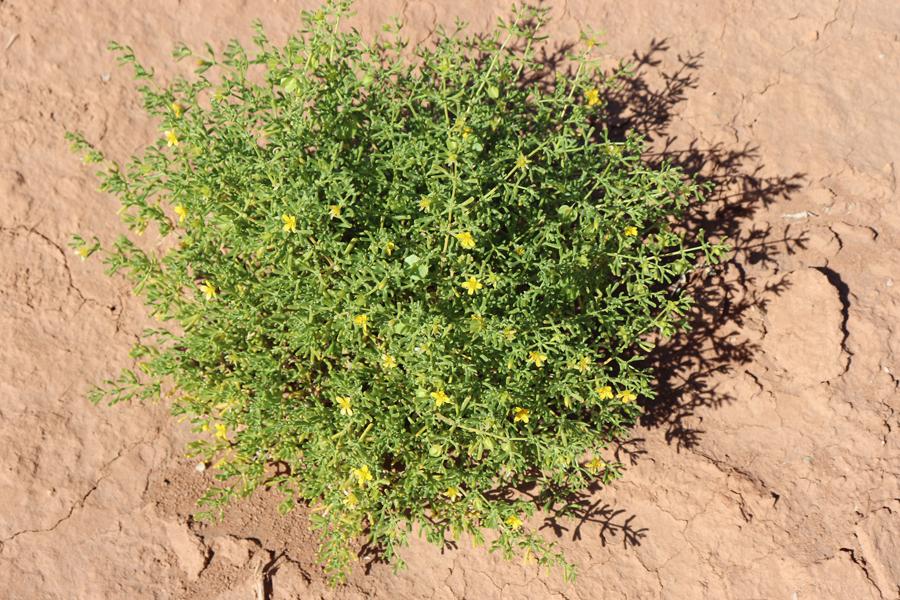
Flowering Twin-leaf Zygophyllum aurantiacum spp. aurantiacum is among the many native species planted at the site.
Significant falls of almost 40mm in Port Augusta have been recorded so far this month and have the Succession Ecology team smiling again.
Although the latest count in April showed the number of plants had dropped back down to about 0.2per square metre, that still equated to about 700,000 plants across the site and Christie was confident the explosion of growth in the coming weeks would be as good or better than last June.
“Because this rain event has happened about six weeks earlier than last year, the soil is warmer and they are the kind of conditions you want.
“Last June (2018) we got a good start but then we got a very cold and dry winter and then an exceptionally hot and dry spring, summer and early autumn.
“What we’ve got is little oases all over the place. We can see the potential but it’s all going to depend on follow up rain – if we even get a moderate winter we’ll be away.”
Flinders Power has been managing the rehabilitation of the Port Augusta site since its closure and reached an agreement in February to sell the coastal land to CU-River Mining.
The South Australian iron ore magnetite producer plans to develop a $250 million port facility on the 1068ha site.
CU-River Mining is also looking into the feasibility of building a large-scale solar farm on the site.
The ongoing management of the revegetation project will become CU-River Mining’s responsibility after settlement and it is expected that Succession Ecology will continue to monitor the plantings.
Christie said a revegetation project of this size in an arid zone was a massive challenge and possibly the first of its kind anywhere in the world.
“A lot of people think of plantings and they think of trees and shrubs, but that part of Port Augusta was never trees or shrubs,” he said.
“That whole power station was built on salt marsh and that’s what we are trying to re-establish.
“Think of a bonsai forest where you have your ground covers, shrubs and trees and nothing is taller than a metre and a half”
One of the big challenges for the project is the long term is the gradual development of the soil layer.
“There’s just no carbon in the ash, it was burnt up in the coal to make the power,” Christie said.
“But we’ve got ants on the site drilling down into the ash and bringing it up, we’ve got earthworms, beetles, spiders, there’s all sorts of life that got in there really quickly and we’re happy about that because as organic matter moves into the ash the plants will be able to use it.”
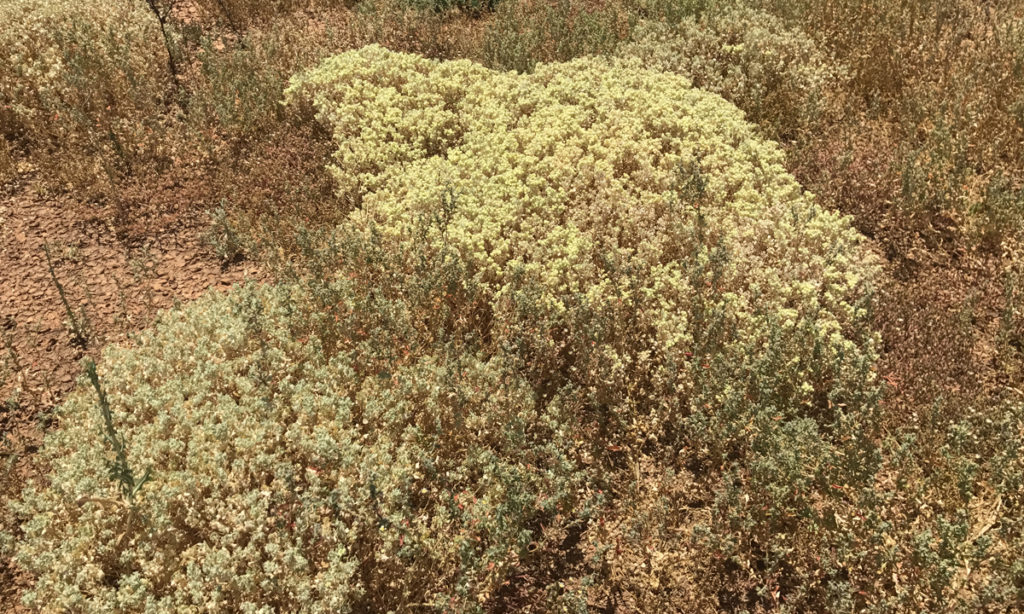
Flat top saltbush is among the species planted on the ash dam site. Picture courtesy Succession Ecology.
Succession Ecology specialises in revegetating polluted areas such as former landfill sites up to 15ha in size.
“There are plenty of sites around the state of that (3-15ha) size but with this one at Port Augusta we just went from the sublime to the ridiculous in one go,” Christie said.
“I’ve been doing this for 30 years and I view everything that happened before this project as like a 28-year apprenticeship preparing for it. And now that we know how to do it we can teach others.”
Flinders Power program director Brad Williams said apart from the ash dust issue in early 2017, the whole rehabilitation process had gone “exceptionally well”.
He said the looming settlement with CU-River Mining was a “significant milestone” for the rehabilitation project.
“Demolishing three coal-fired power stations of this scale, rehabilitating the site and particularly the scale of the ash storage area is really unprecedented,” Williams said.
“It’s a significant milestone for us – we’ve been working on the project for four years so it’s great to have completed the work.
“You learn as you go and I think the whole project has been exceptional.
“It’s all on time, on budget and delivered safely. We had eight big charge felling events where the boilers and three stacks were felled and there were no concerns there.”
Jump to next article
